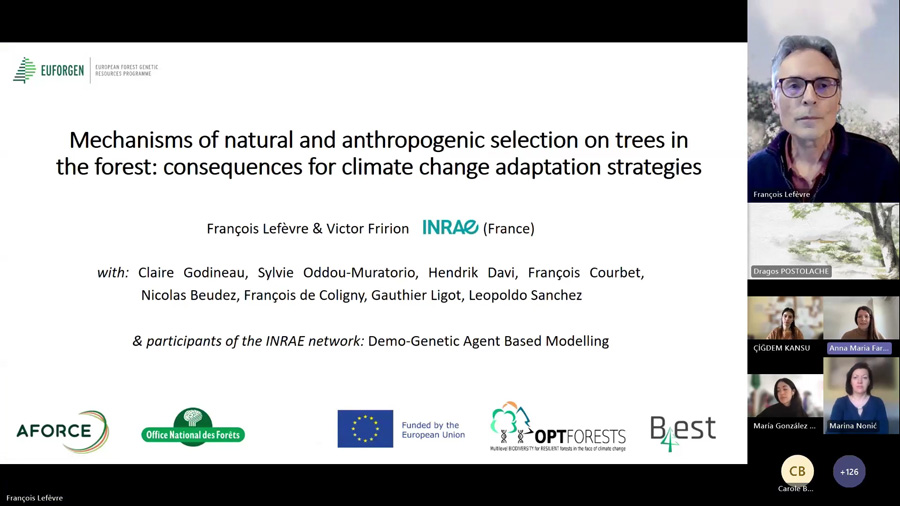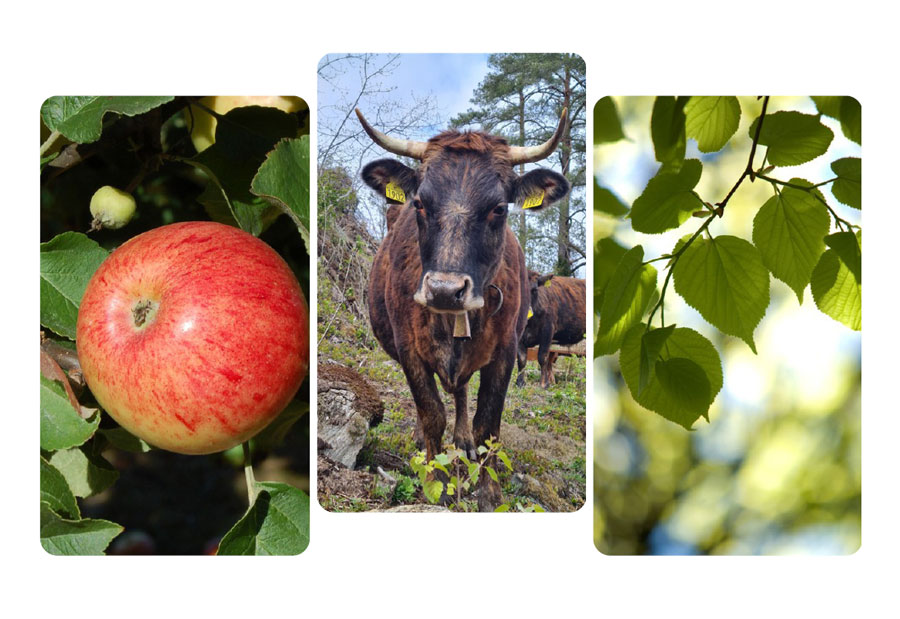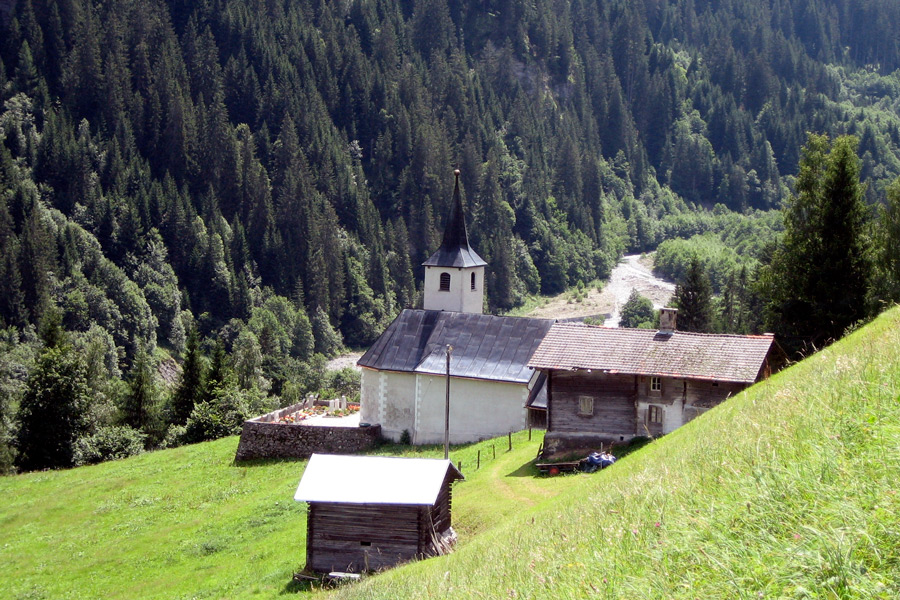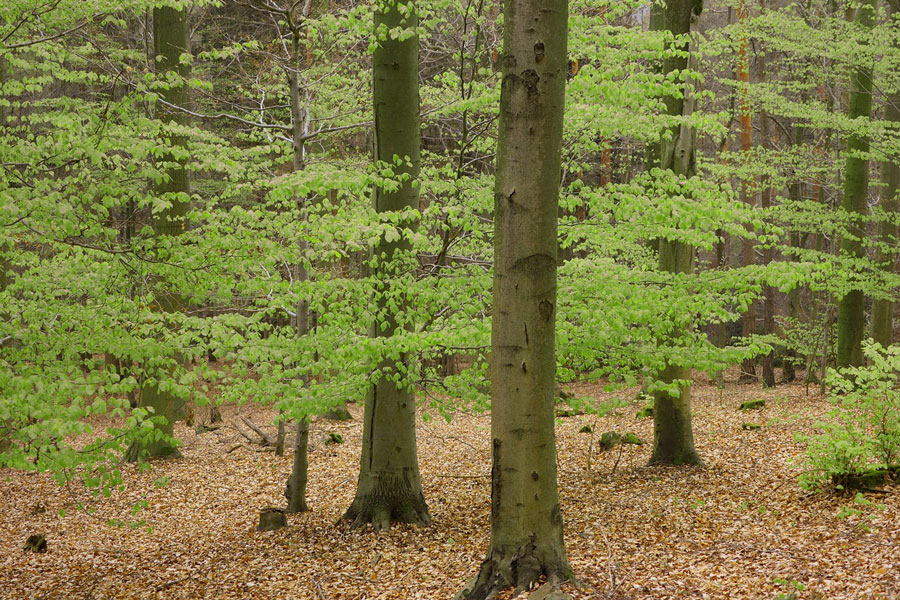Building a sound future for Europe’s forest genetic resources
In our increasingly commercialized world - who owns forest genetic resources? How can the wise use of forest genetic resources help fight the negative effects of climate change and boost woody biomass production for green energy? And how best can detailed data on European forest trees and their genetic make-up and conservation be easily shared amongst researchers, scientists, foresters and others?
In our increasingly commercialized world - who owns forest genetic resources? How can the wise use of forest genetic resources help fight the negative effects of climate change and boost woody biomass production for green energy? And how best can detailed data on European forest trees and their genetic make-up and conservation be easily shared amongst researchers, scientists, foresters and others?
Debate and answers to these questions – and many more – will form the core of a week of events in Vienna (September 13th to 17th 2010) focused on forest genetic resources by delegates representing some 30 countries.
The event kicks off on Monday morning (September 13th) with a seminar on who owns forest genetic resources, organized by NordGen – the Nordic Genetic Resources Centre.
“The Nordic region is characterized by a simple and non-bureaucratic exchange of forest genetic resources (FGR) between countries, which is strongly associated with the Everyman's Right within the region. This smooth regime for international exchange of FGR is regarded as very valuable for the forestry sector across country borders as it secures ready access to seeds and to breeding materials,” says Dr Tor Myking of the Norwegian Forest and Landscape Institute.
The contrast for forests is with crop plants, where the dominance of private property rights is seen to impede the flow of genetic resources across borders.
“In Vienna we will be unveiling the findings of a NordGen project carried out across the Nordic countries, clarifying legal issues related to forest genetic resources access and rights,” he says.
At a global level, this NordGen organized debate is highly topical. The Convention on Biological Diversity (CBD) next month (October 2010) in Japan is expected to adopt a new, legally binding agreement on access to genetic resources alongside a related benefit-sharing mechanism. These are the products of lengthy negotiation.
Also being unveiled in Vienna is a new information-sharing portal. It is a key product of the European Commission funded EUFGIS project - Establishment of a European Information System on Forest Genetic Resources.
Dynamic gene conservation emphasizes the maintenance of evolutionary processes within tree populations to protect their potential for continuous adaptation. In the face of climate change and environmental threat this is crucial for the long-term sustainability of forests and forestry across Europe.
“The portal makes available, for the first time, geo-referenced and standardized data on gene conservation units across the entire distribution range of Europe’s forest trees. So far national focal points in over 30 countries have entered data on some 2200 gene conservation units and 148 tree species into the portal,” says Dr Jarkko Koskela of Bioversity International who has been co-ordinating the project.
The Vienna meeting will go on to discuss further actions for conserving forest genetic resources as part of sustainable forest management in Europe based on the EUFGIS portal data.
In a debate on Wednesday afternoon (September 15th) Austrian host BFW – The Federal Research and Training Centre for Forests, Natural Hazards and Landscape – has organized a public engagement event designed to better link and explain the specialist subject of forest genetics to a more general audience.
“The session has been put together as a series of what we call twinning lectures for the wider public, with for example WWF looking at timber tracking and minimum viable population sizes, followed each time by a contribution from a forest specialist linking science to understandable, practical outcomes,” says Thomas Geburek of BFW.
Other speakers in the afternoon will look at the potential of forest genetic resources for mitigation of climate change effects, green energy production and even maintaining overall forest biodiversity across Europe.
“We are hoping for a full exchange of views in a friendly and fruitful environment,” says Dr Geburek.
And at the end of the week, the steering committee of the European Forest Genetic Resources Programme (EUFORGEN) will be discussing the challenges and opportunities for conserving and utilizing forest genetic resources in the face of climate change. They will be assembling an action plan for the next two years building on the technical and public awareness work that EUFORGEN has been carrying out since its creation in 1994.
Printable version [<link file:2883 _blank press rel>PDF]
For additional information, please contact
Tor Myking, Norwegian Forest and Landscape Institute
Email: <link mail>tor.myking@skogoglandskap.no
Jarkko Koskela, Bioversity International
Email: <link mail>j.koskela@cgiar.org
Thomas Geburek, Federal Research and Training Centre for Forests, Natural Hazards and Landscape
Email: <link mail>thomas.geburek@bfw.gv.at
Tel: +43 1 87838 2109
Meeting venue
Federal Research and Training Centre for Forests, Natural Hazards and Landscape (BFW)
Hauptstrasse 7, A-1140 Vienna, Austria
Tel: + 43 1 87838 2109
Website: <link http: www.bfw.ac.at _blank external-link-new-window external link in new>http//www.bfw.ac.at
Related Links
- Austrian research centre for forests
- NordGen
- Bioversity International
- European Union
- EUFGIS









